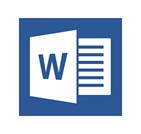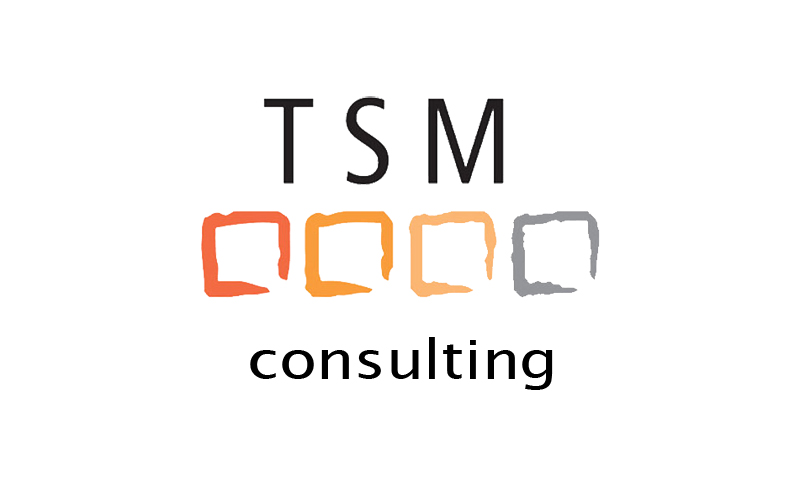Create a Memorable Curriculum Vitae
Introduction
- A CV is one of the most important documents that you will ever write
- A well written CV will help you to get the specific job you want.
- It should be written with thought, care and honesty.
- You need a great CV that not only lists the important information, but also has an attractive eye-catching and simple design.
- A well written CV will make you stand out among the hundreds or thousands of other applicants
What is a Curriculum Vitae
Who are you?
- Detailed description of who you are, what qualifications and what experience you have.
- Gives the potential employer a sense of what you can do.
- Employers decide who they want to interview based on the curriculum vitae they receive for positions
CV versus Resume
| ASPECTS | CURRICULUM VITAE (CV) | RESUME |
| Type of Document | Comprehensive | Concise |
| Length | Two (2) or more pages | 1 to 2 pages |
| References | Included | Not included |
| Modify according to a specific role | It is the same for all jobs Cover letter Keep information updated | It can be modified according to a specific job. |
| Focus on | Expertise, i.e. what skills makes you an expert in a particular field. | Contribution, i.e. how your work made a difference, where you have worked. |
| Education | At the beginning of the CV | Mentioned after experience. |
Carefully think through your CV
Know what information should be in your CV
- Personal information
- Your education and qualifications
- Your work experiences
- Your interests and achievements
- Your skills
- References
Collect all the information
Write your CV
- Explore different outlines for your CV until you feel comfortable with it
- Use colour to make it more interesting and attractive, however you should keep your background light and clear for easy reading
- Make sure your name and contact details are visible
- Test different fonts and font sizes and decide what looks best for you – NB! – do not use fonts that are difficult to read, i.e. script. Arial will be a good font to use as it is easy to read.
Finalise your CV
Check the company’s website or the job advertisement
It might be necessary to add information to your standard CV depending on the company and the position you are applying for. See if there is any specific information the company needs that are not included in your CV
Check the Format
Look at the format of your curriculum vitae. Is there plenty of white space? Is it cluttered? Is your formatting consistent (bold, italic, spacing, etc.)? Always ask yourself if the overall picture of your CV is professional.
Proofread Your Curriculum Vitae
Double-check your curriculum vitae for typing and grammatical errors. Then, ask someone else to review it for you; – it’s often hard to see our mistakes.
Write your Cover letter
- When you send your CV for a specific position that was advertised you want the reader to see immediately who you are, why you feel that your CV should be read, and why you should be considered for an interview.
- This is where you sell your skills, experiences, and personal qualities for a specific position.
- It should be original and well-written.
- Use positive words such as “adaptable”, “confident”, and “determined”
TIPS
- Don’t waste all your good work by sending off a well written CV on poor quality paper. Make sure that your CV is printed on good quality paper, and preferably in black ink.
- If you’re going to use bullet points, then neat single line bullet points look more pleasing on the eye than more cluttered multi-line entries.
- Write clearly and concisely. Employers do not want to have to read through pages of clutter to get to your most important selling points.
- Demonstrate passion for your work, hobbies and interests. §
- Be honest. If you have the capacity to do the job, then you shouldn’t have to lie to get it.
- Always email your CV in pdf format when directly applying to a company and in Word when applying through an agency
- Have a clean background to make reading easier
- Keep your CV updated
Conclusion
- Preparation is the key to a professional and memorable CV.
- When you start compiling your information remember that you need to put down your education, including courses, and your experience you have gained, including internships and casual jobs. Write it in a way that is easy to read but give a full picture of what you are capable of.
- Never fabricate any information on your CV. §Once you have written your CV your work is not done yet. PLEASE proof read and ask someone else to proofread as well. Grammar mistakes is a reflection of you! Make sure there are NO spelling mistakes on your CV.
- Once you have the final product and you are happy with it you can start sending it out. Remember to keep updating your CV as your personal details, employment, education, etc. changes.
- Use your cover letter to sell yourself for a specific position.


